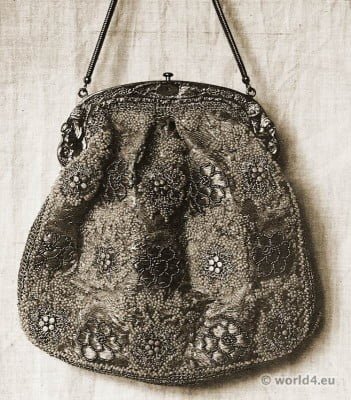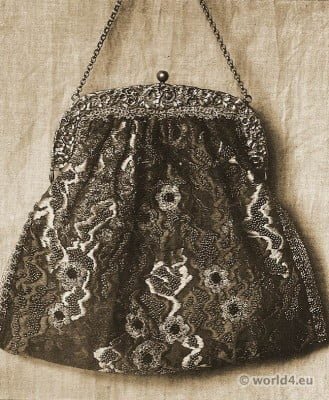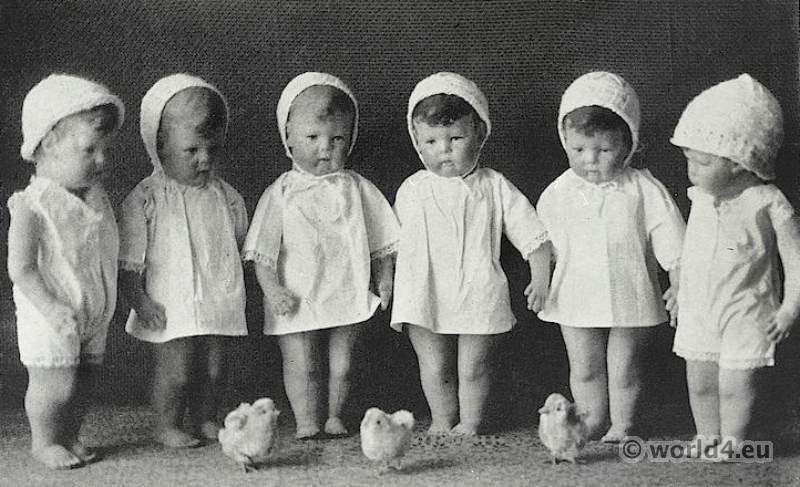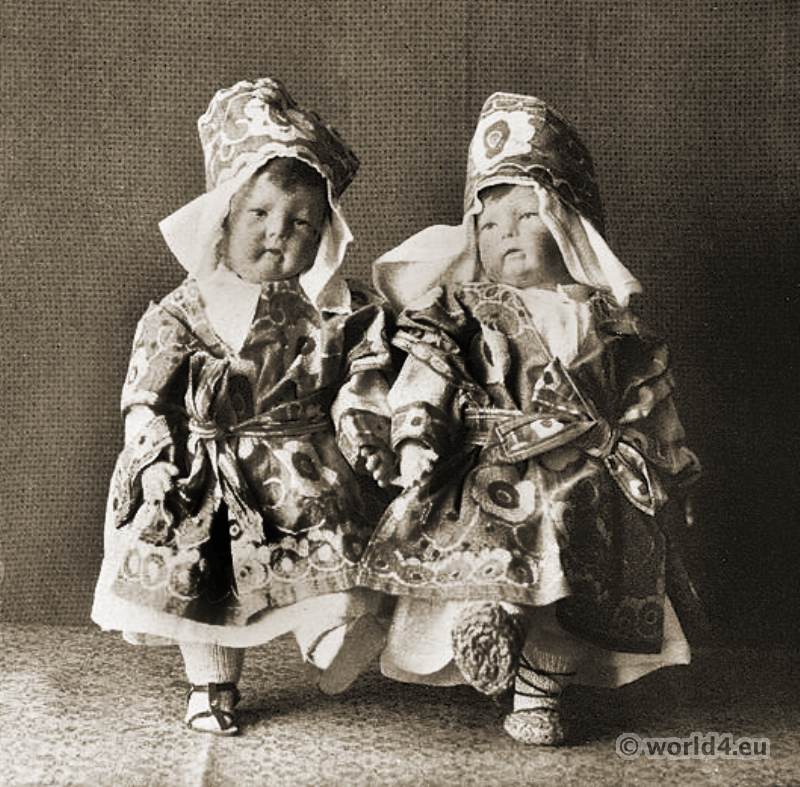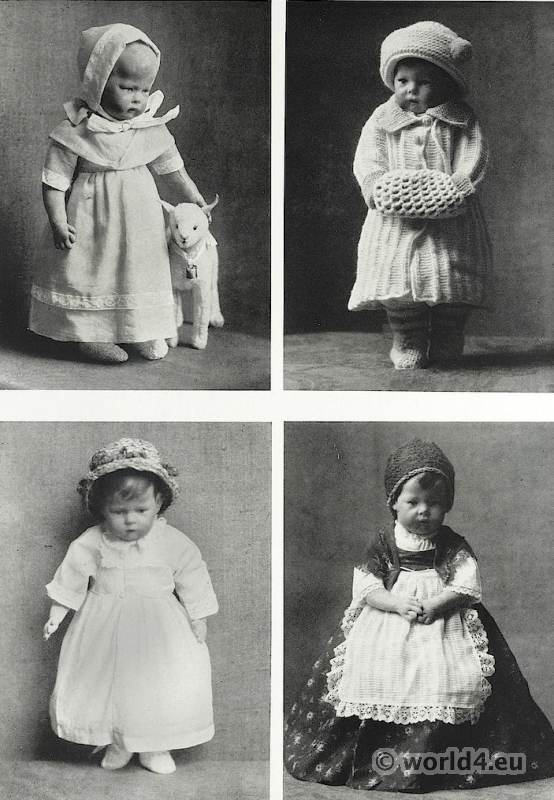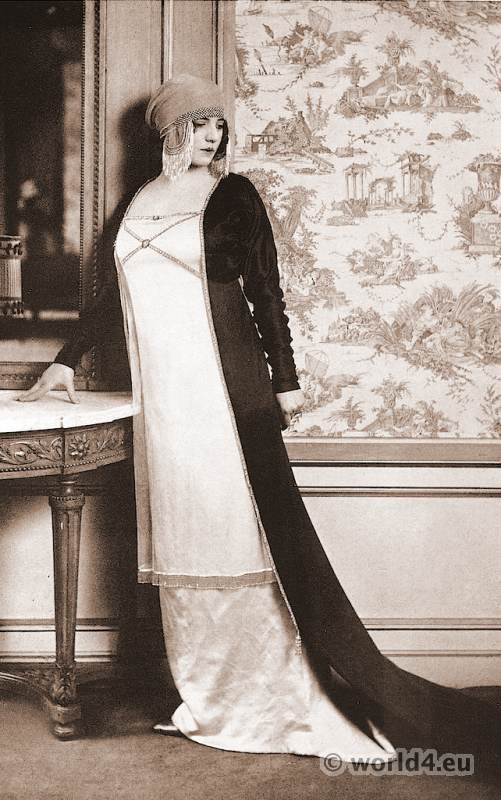Bags by Else Wislicenus 1912.
Bag with gold and pearl embroidery. Bag with silk and beadwork.
Else Wislicenus 1866-1948 ( born as Else Freudenberg at Rastatt Baden-Wurttemberg), married to the painter Max Wislicenus, was Head of Textiles at the State Academy of Fine and Applied Arts in Wroclaw (Breslau). The Breslau Academy was in the 20s and early 30s alongside the Bauhaus and the Frankfurt School to the most advanced learning institutions in the German Reich. Else Wislicenus was known through her beautiful beadwork; won among others at the Paris World Exhibition in 1900 for her exceptional work a gold medal. As the Bauhaus also the Breslau Academy was attacked by conservative circles for its innovative training enterprise and the artistic orientation of many teachers. In 1932 it was closed in the wake of Brüning’s emergency decrees. The work in the studios could be continued for a while. The works of many of the artists working here, however, were discriminated against as “degenerate art”.
Free eBook: Deutscher Werkbund. Exhibition catalog Cologne 1914. Germany Yearbooks; Decoration and ornament 1915.
Discover more from World4 Costume Culture History
Subscribe to get the latest posts sent to your email.

